Almost all cars reckoned to be true pioneers turn out to be nothing of the sort. The Range Rover wasn’t the first luxury off-roader, the Renault Espace wasn’t the first MPV, the Volkswagen Golf GTI wasn’t the first hot hatch and none of the Saab 99, Porsche 911 or BMW 2002 was the first turbocharged road car. And the Audi Quattro wasn’t the first high-performance four-wheel-drive car.
That, of course, was the Jensen FF produced between 1968 and 1971. But like all of the aforementioned, the Quattro was the one that perfected and popularised its innovation. The problem with all previous four-wheel-drive cars, Jensen included, was that they needed to direct their power forwards through a heavy, clunky and bulky transfer box. This solution was impractical and expensive, which perhaps explains in part why just 320 FFs were built. What Audi did was find another way of doing the same thing.
It was Jörg Bensinger who realised that if you used a hollow output shaft from the gearbox, it could run into a centre differential mounted behind the gearbox, while a second shaft within the output shaft could then take the power forward to the front wheels. The need for a transfer box was bypassed and the first modern four-wheel drive system invented.
Bensinger and his team started work on this in the mid-1970s, but it wouldn’t be until 1980 that the fruits of their labour could be seen in public, in the form of a boxy coupé called the Audi Quattro. Since then, Audi has never stopped using four-wheel drive, and it has now been joined by most of the world’s other major car manufacturers.
But for Audi, four-wheel drive proved far more than just a means of halving the tractive work load of each tyre. Quattro started life as a car, soon became an automotive legend and then turned into a sub-brand, to Audi what M is to BMW and AMG is to Mercedes-Benz.
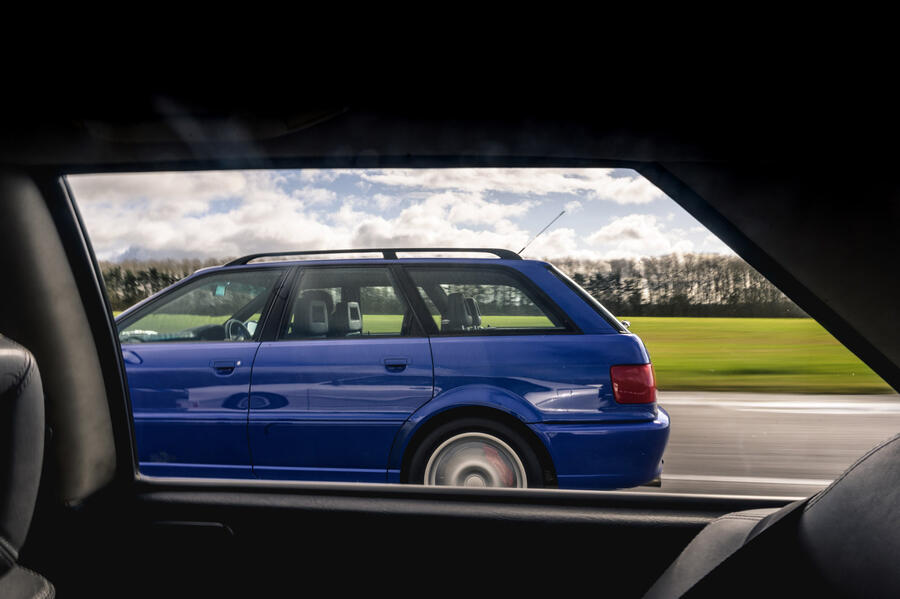

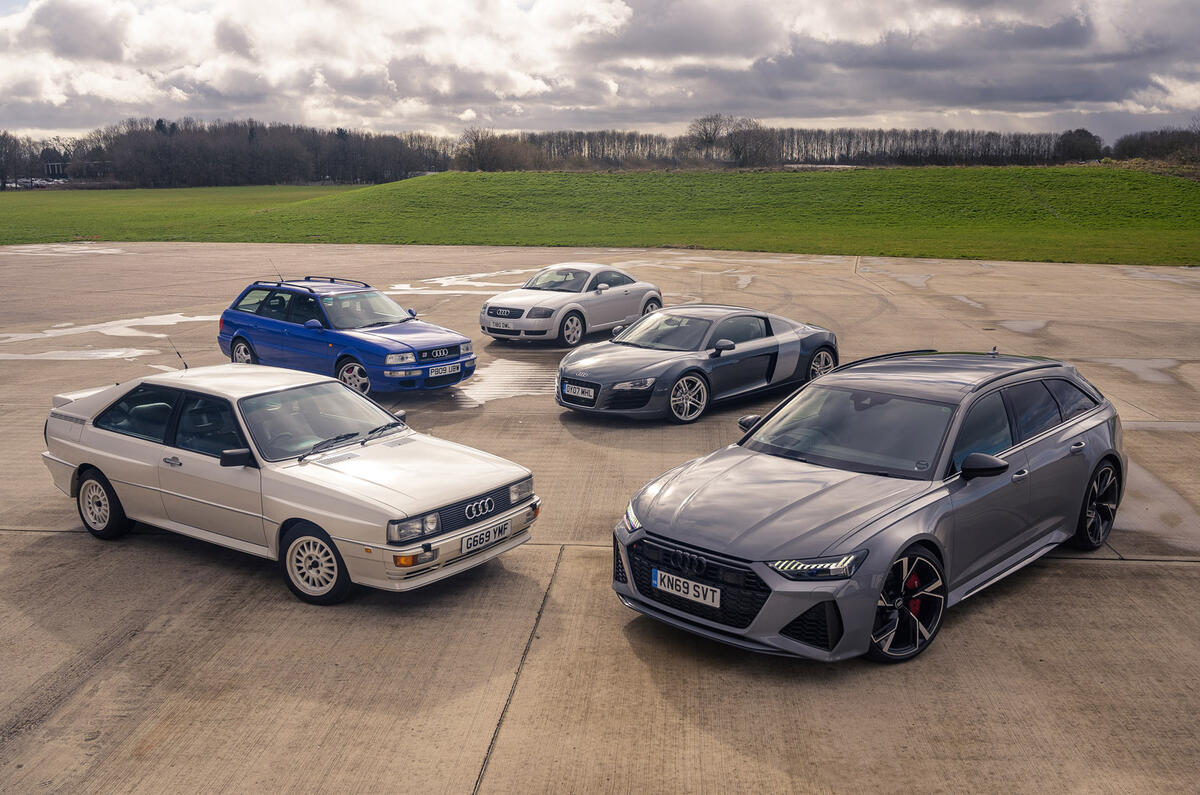
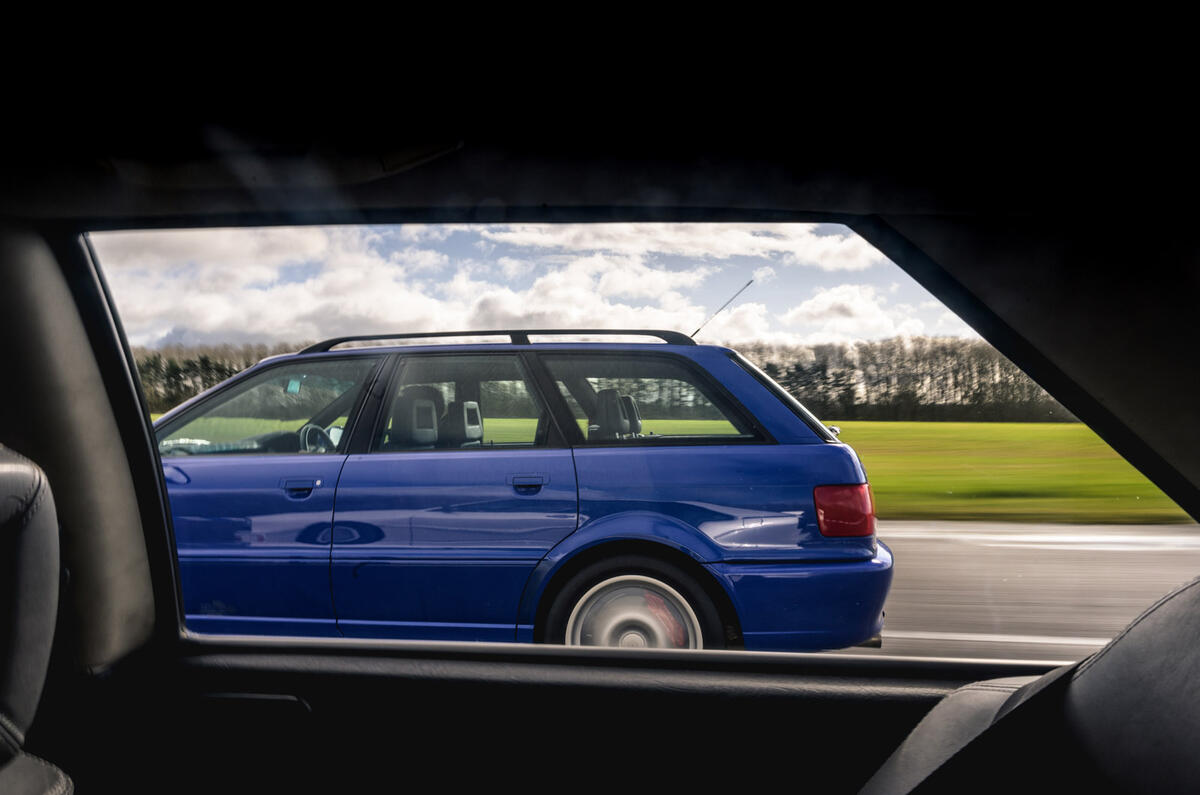
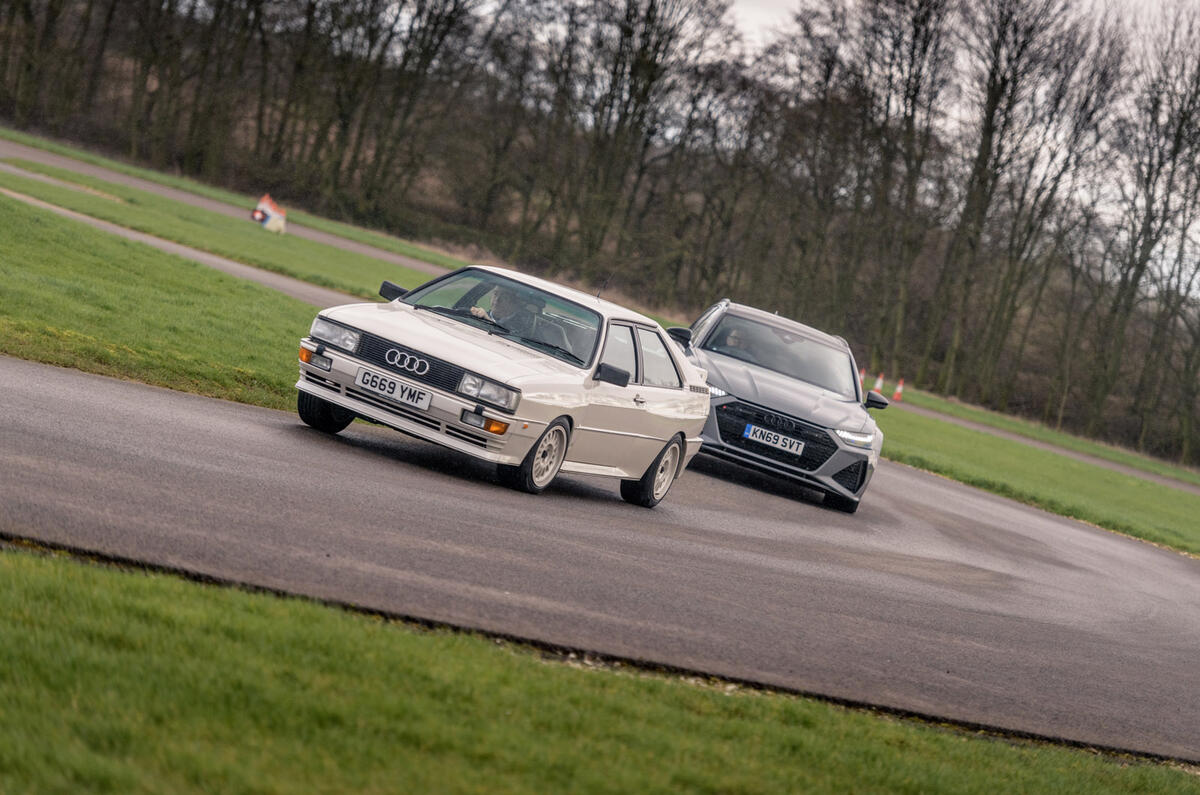
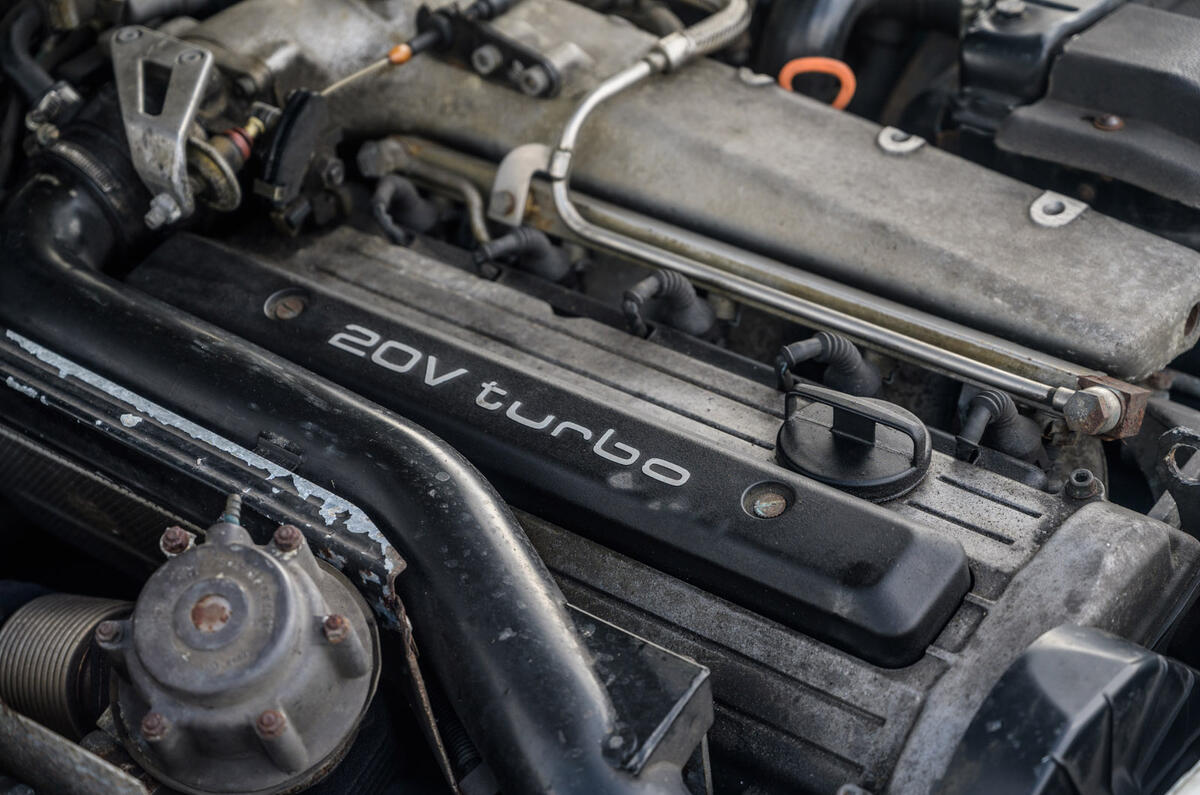
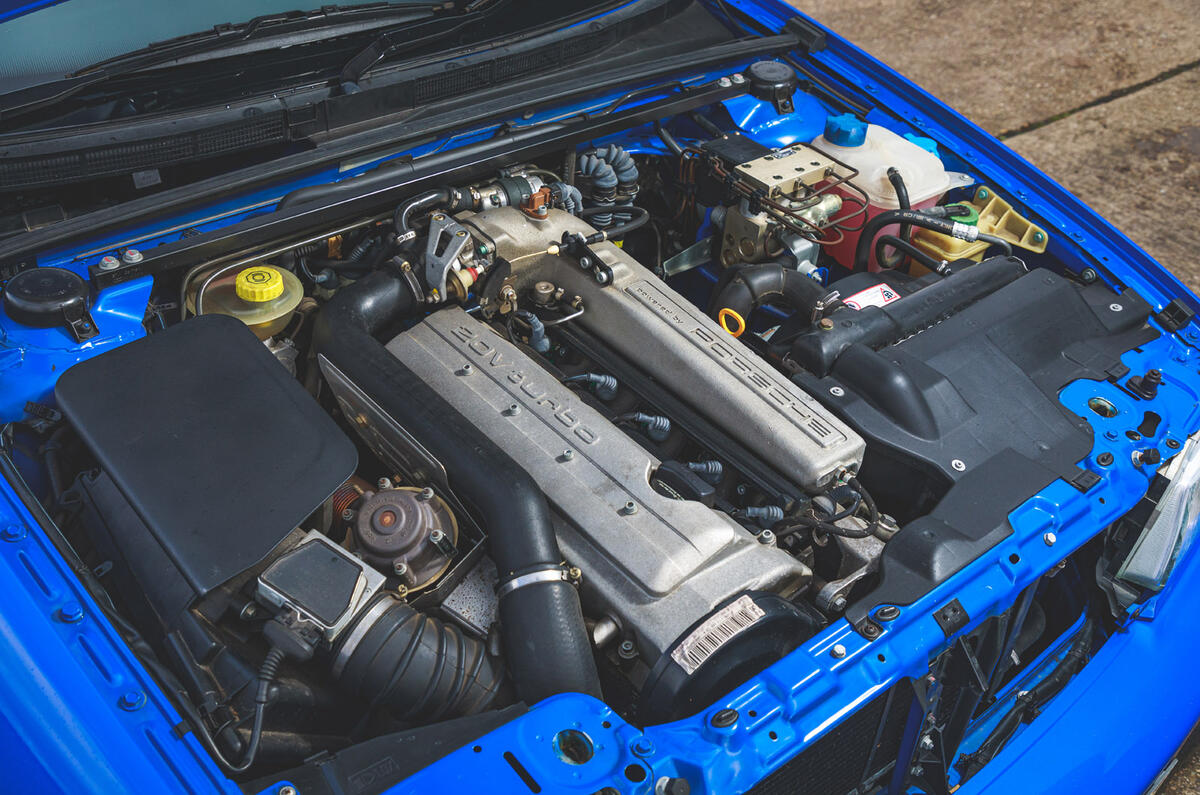

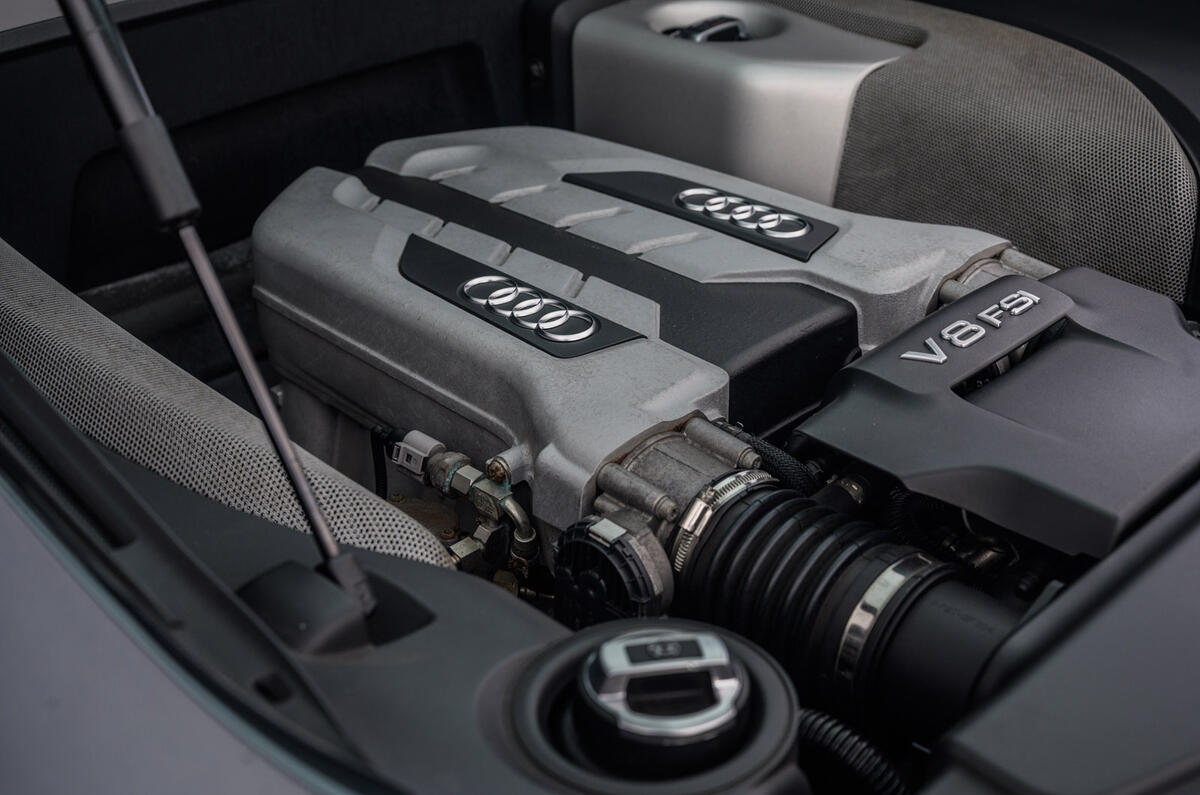

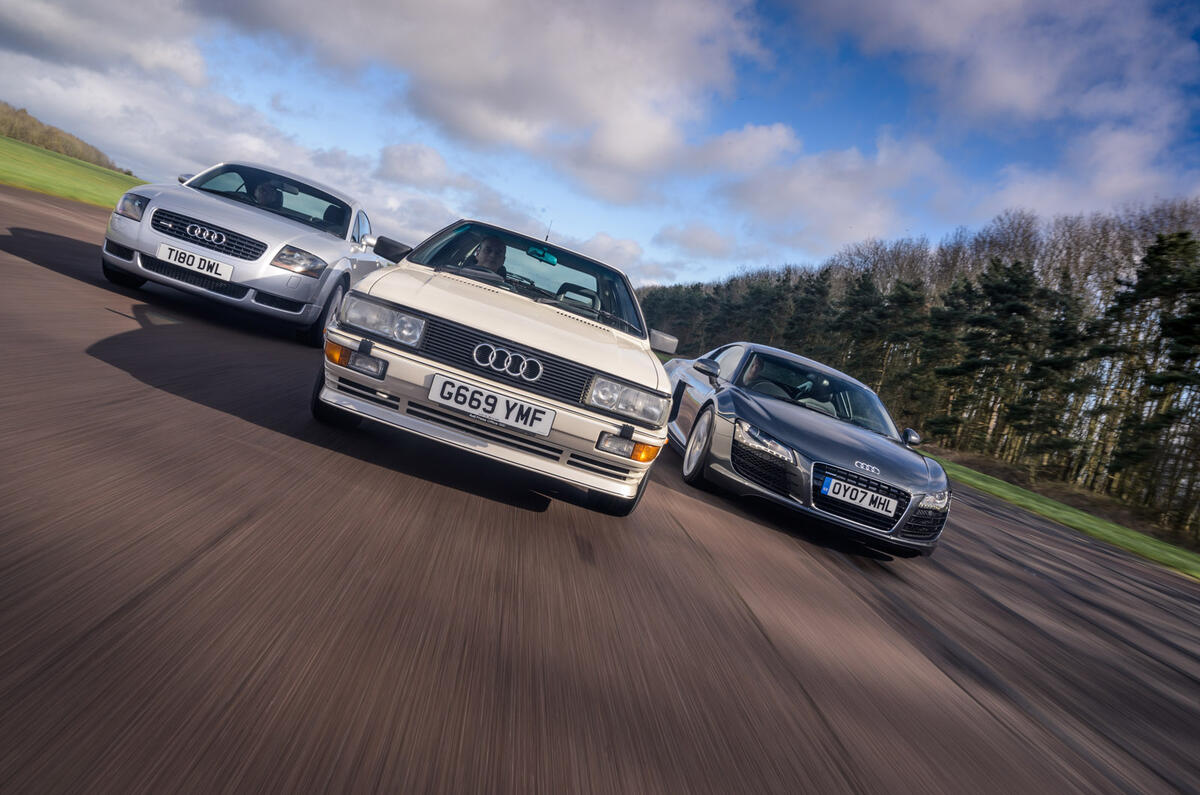
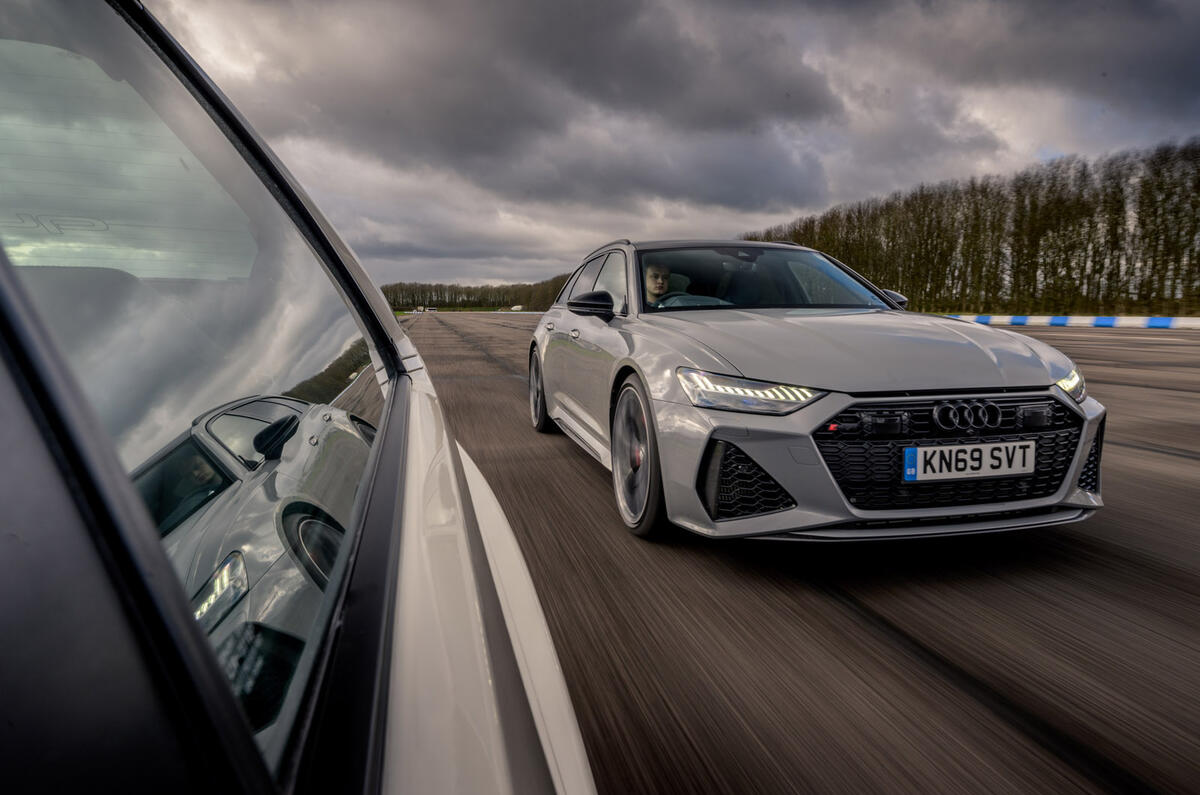

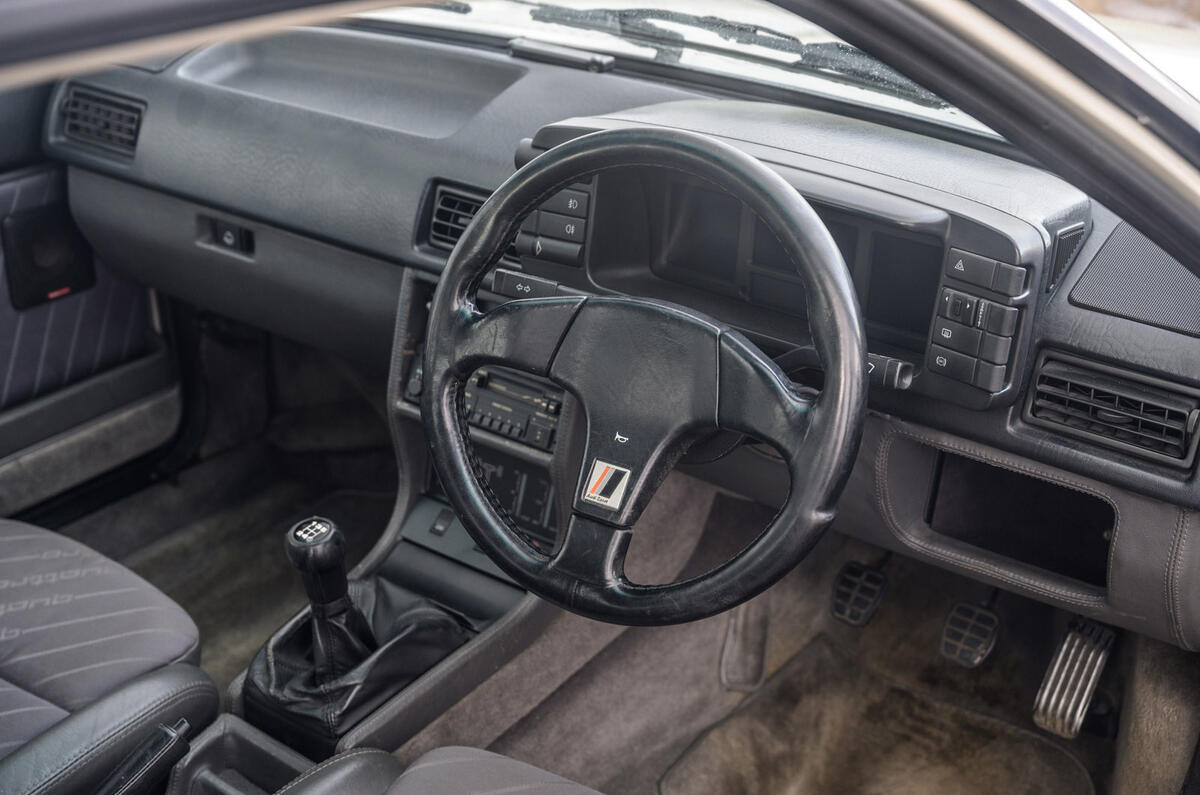
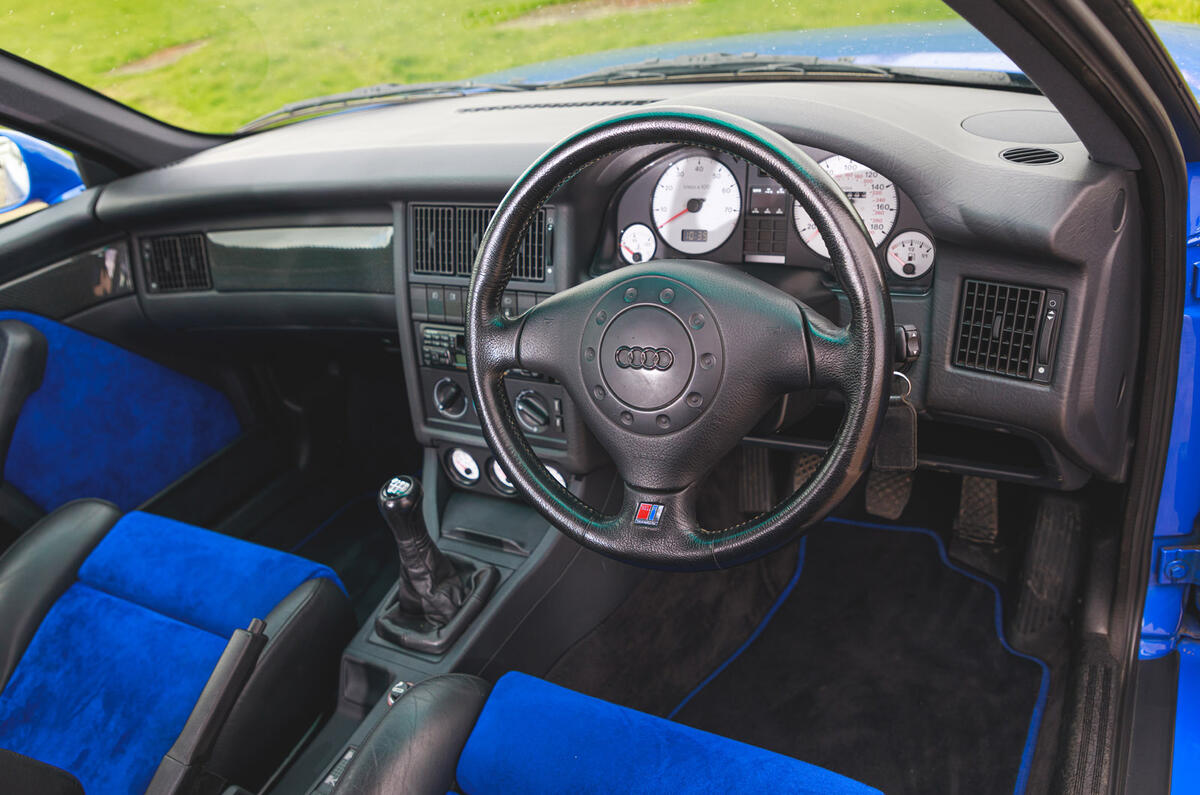
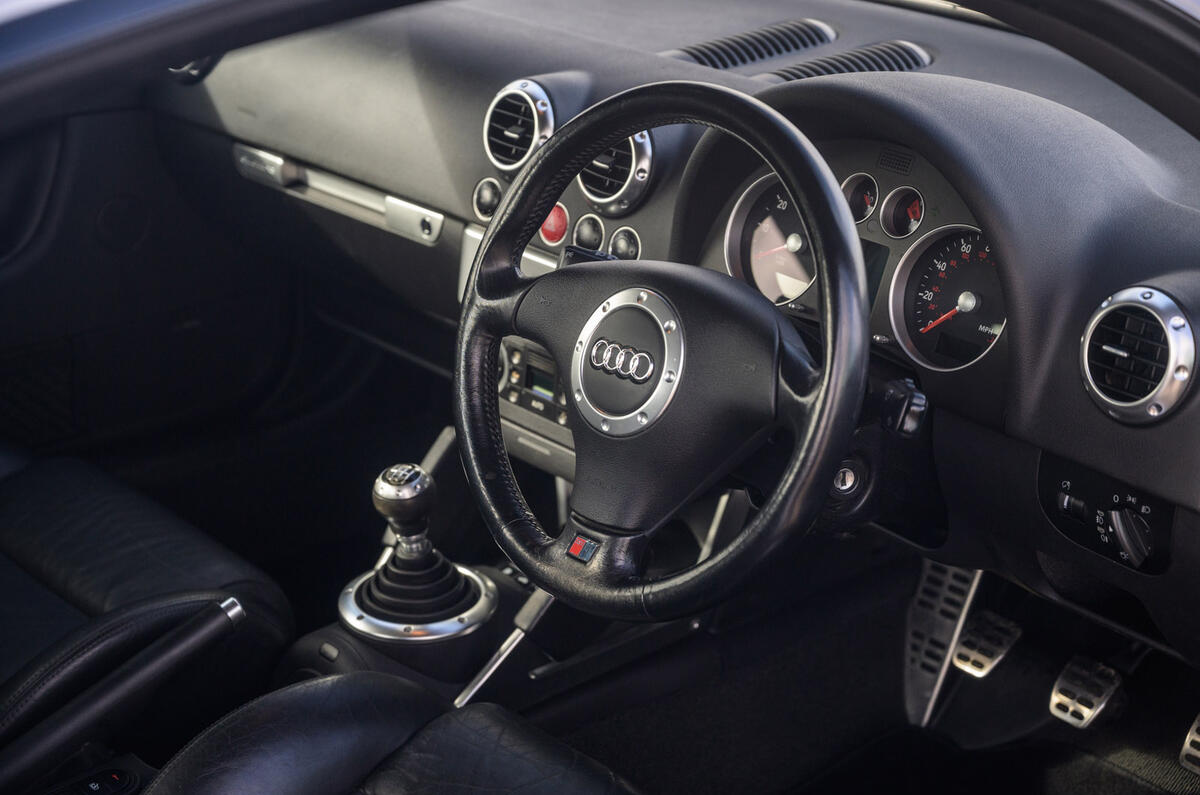

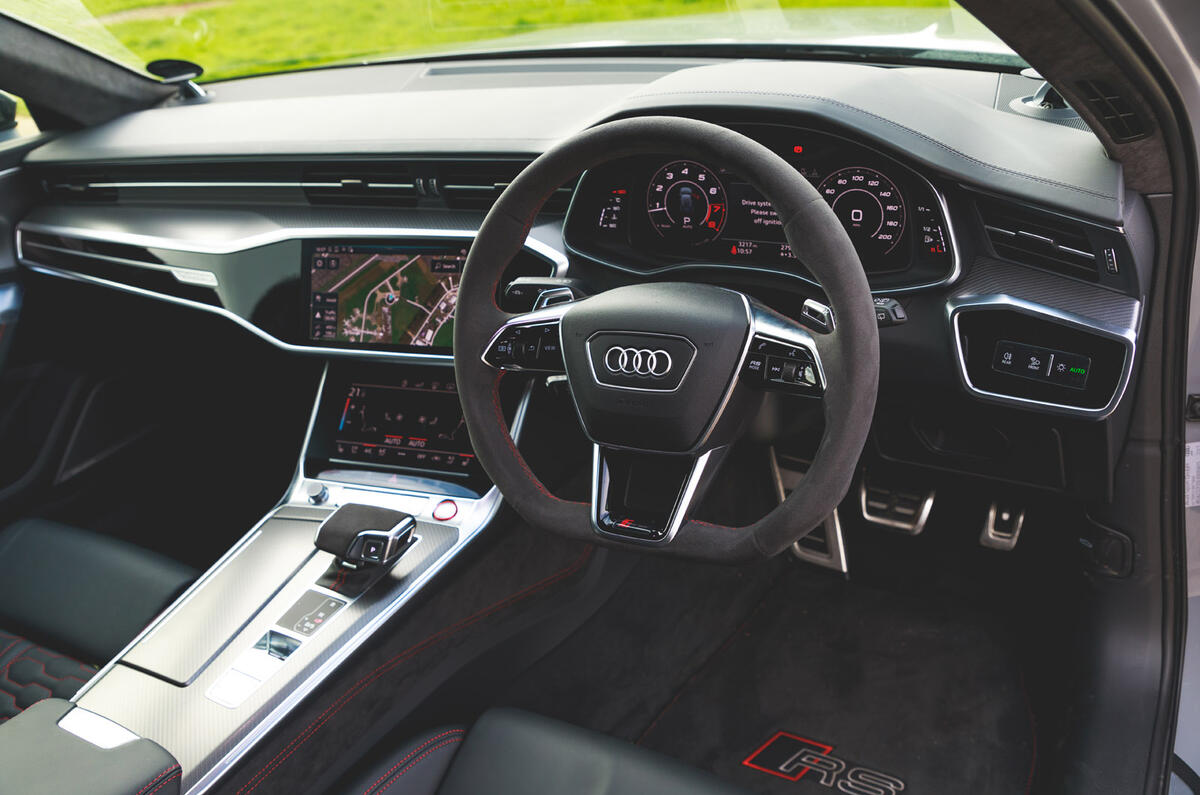
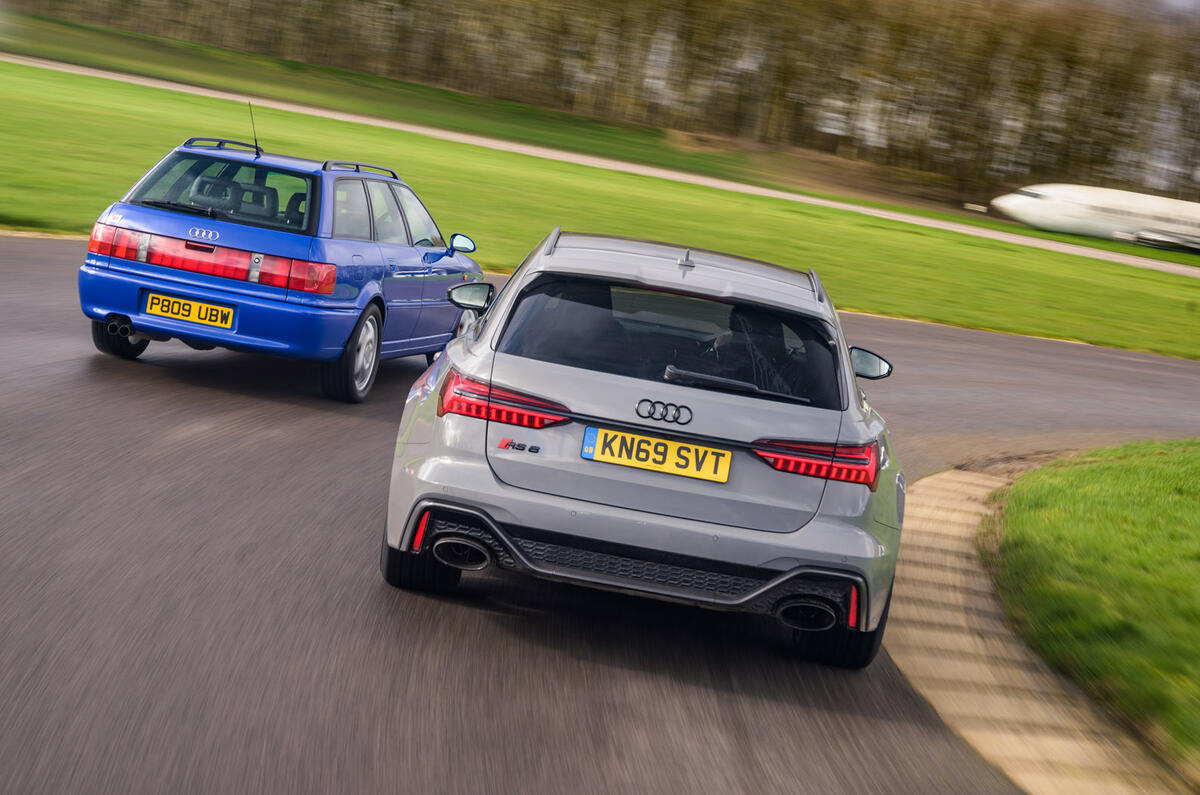

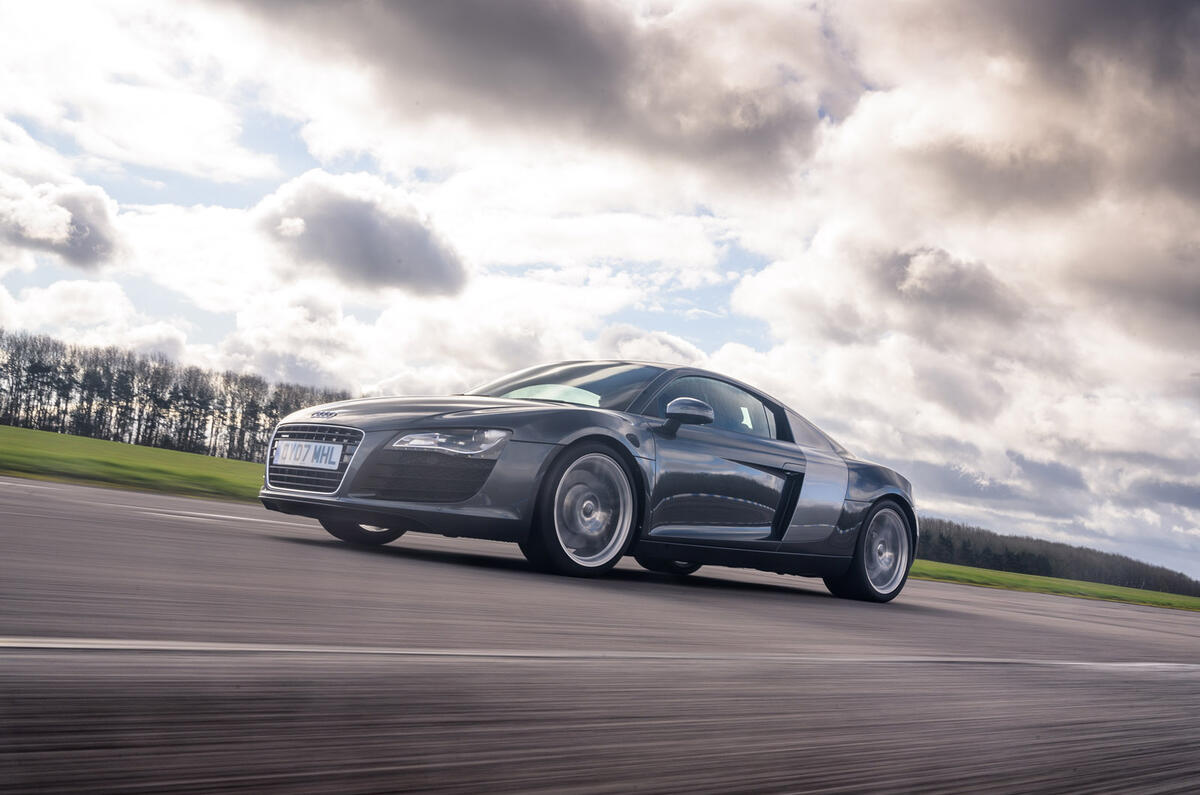
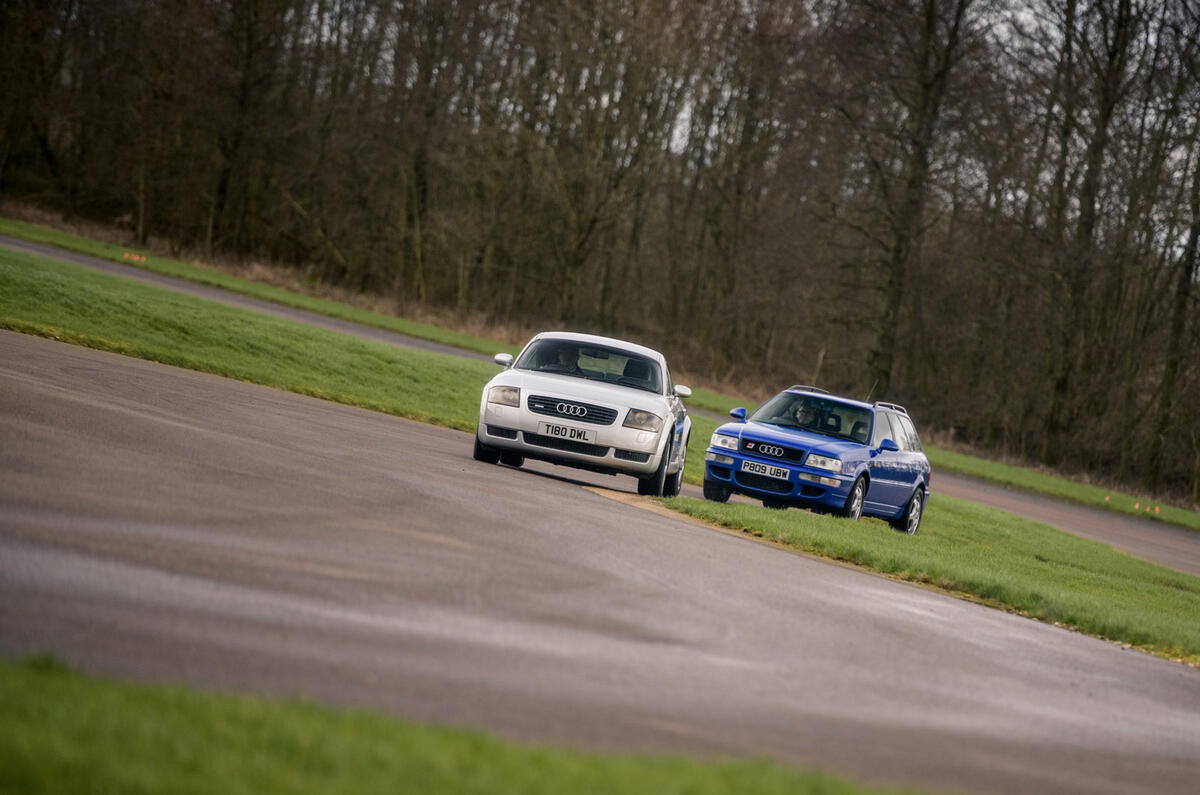
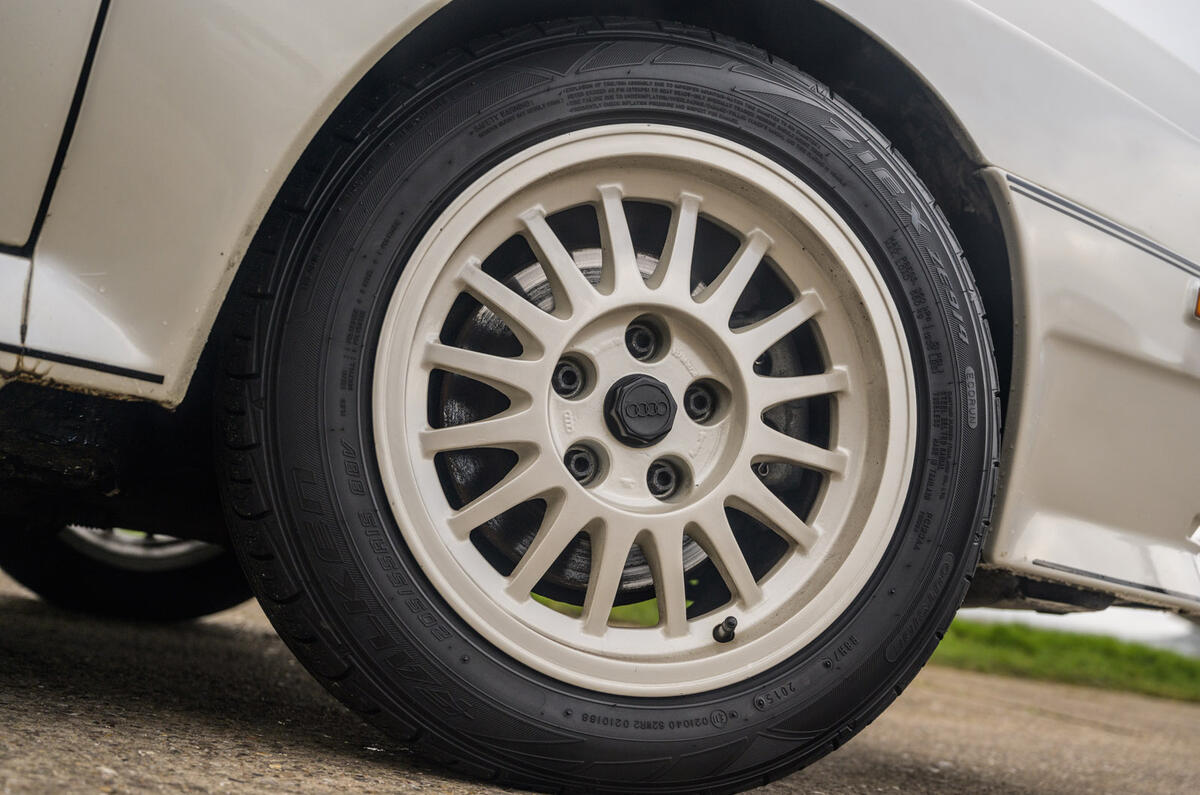
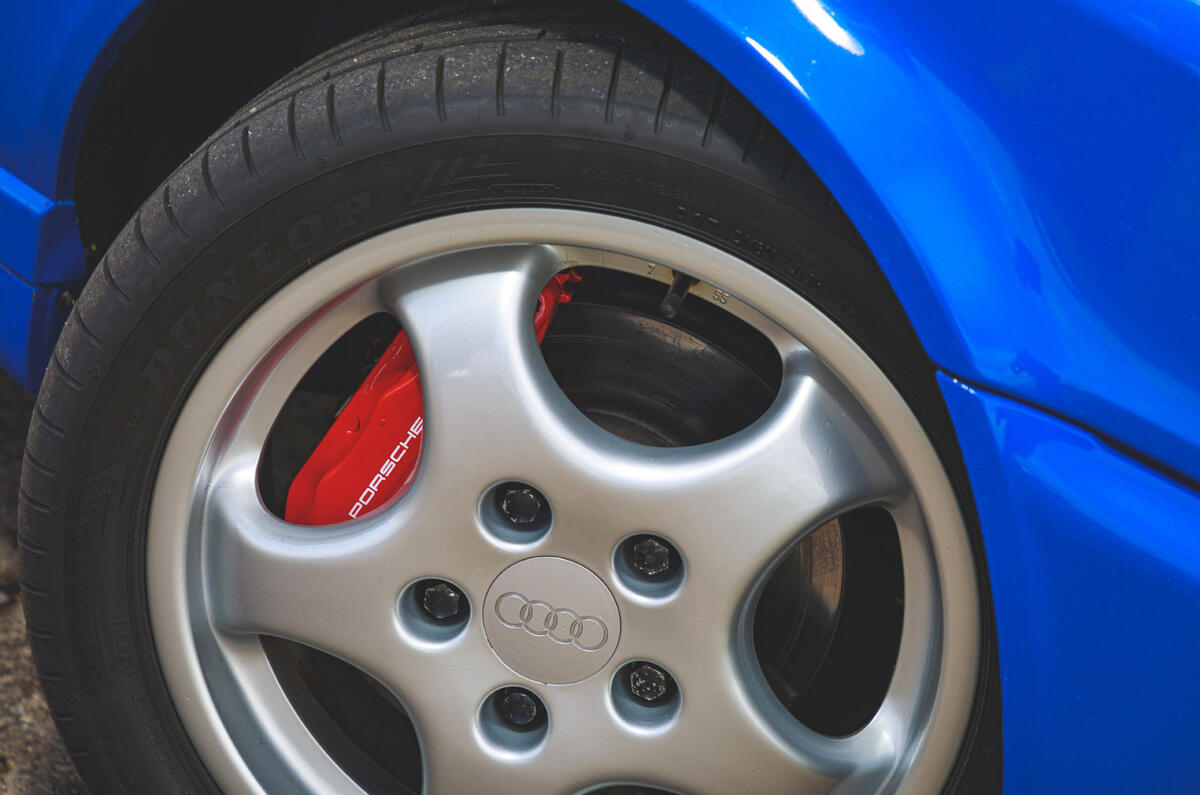
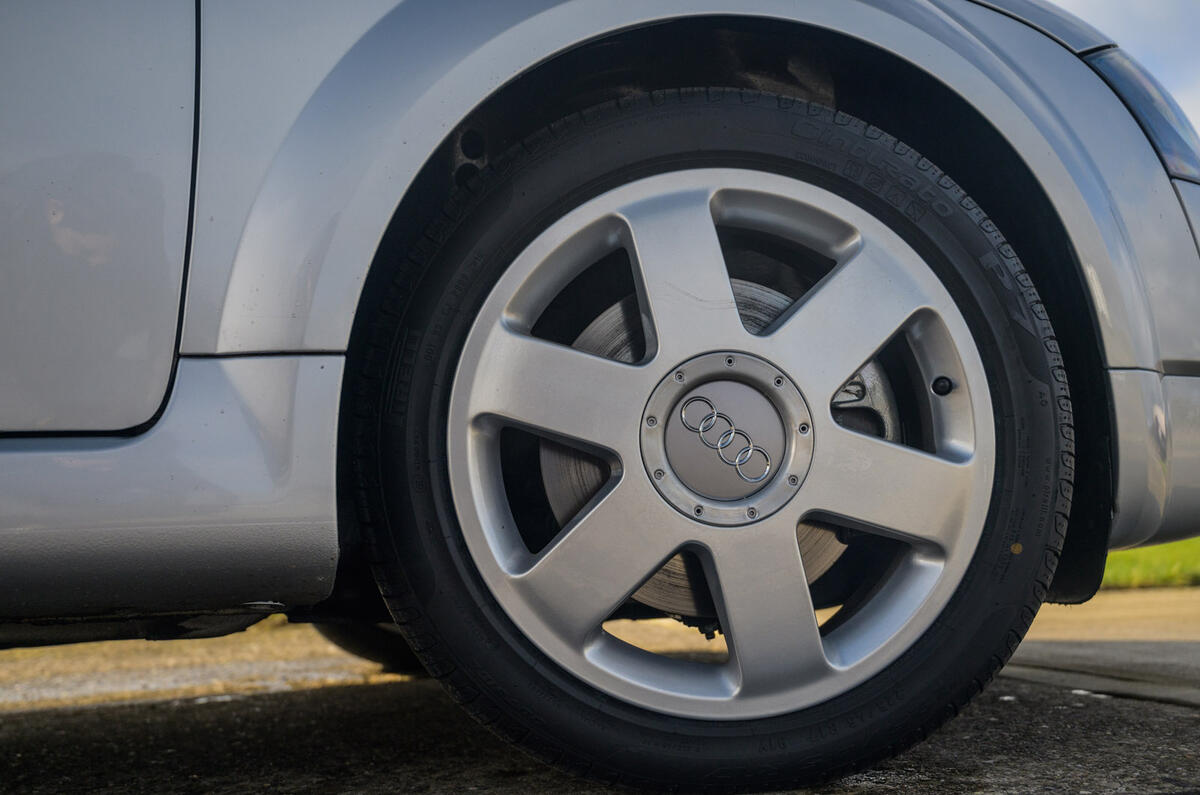
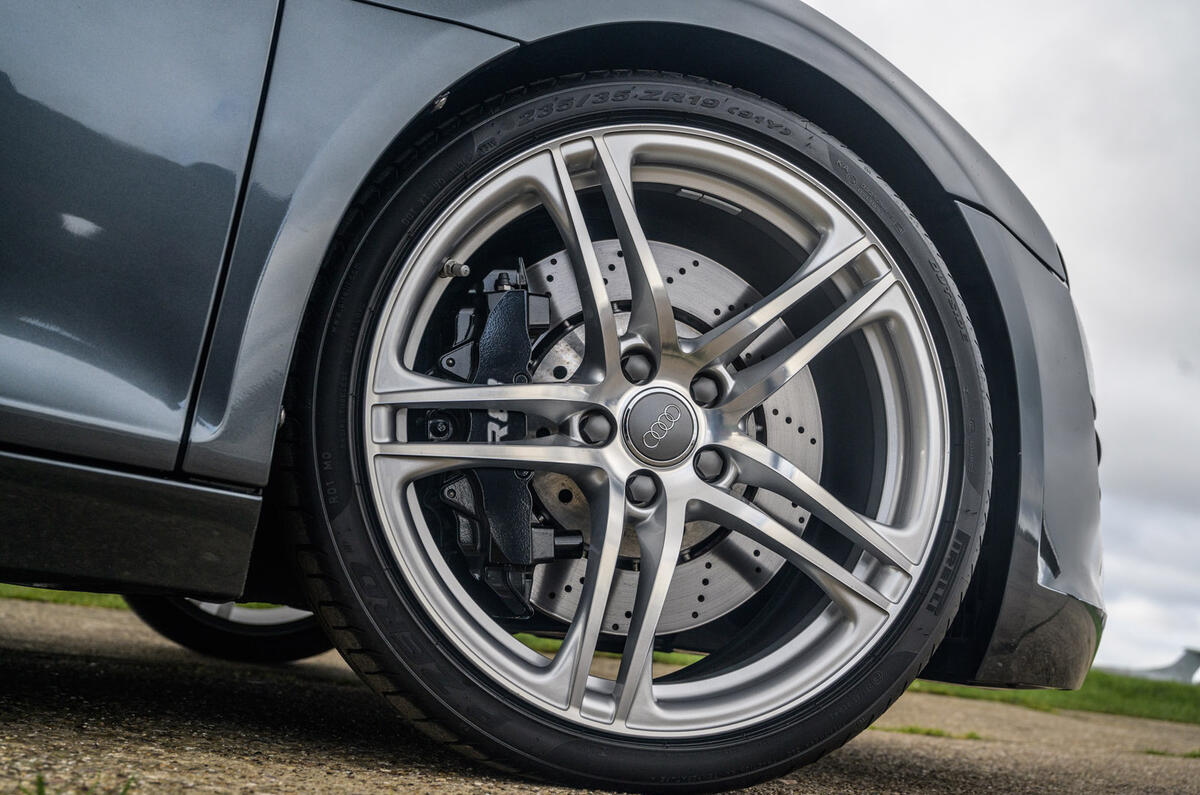
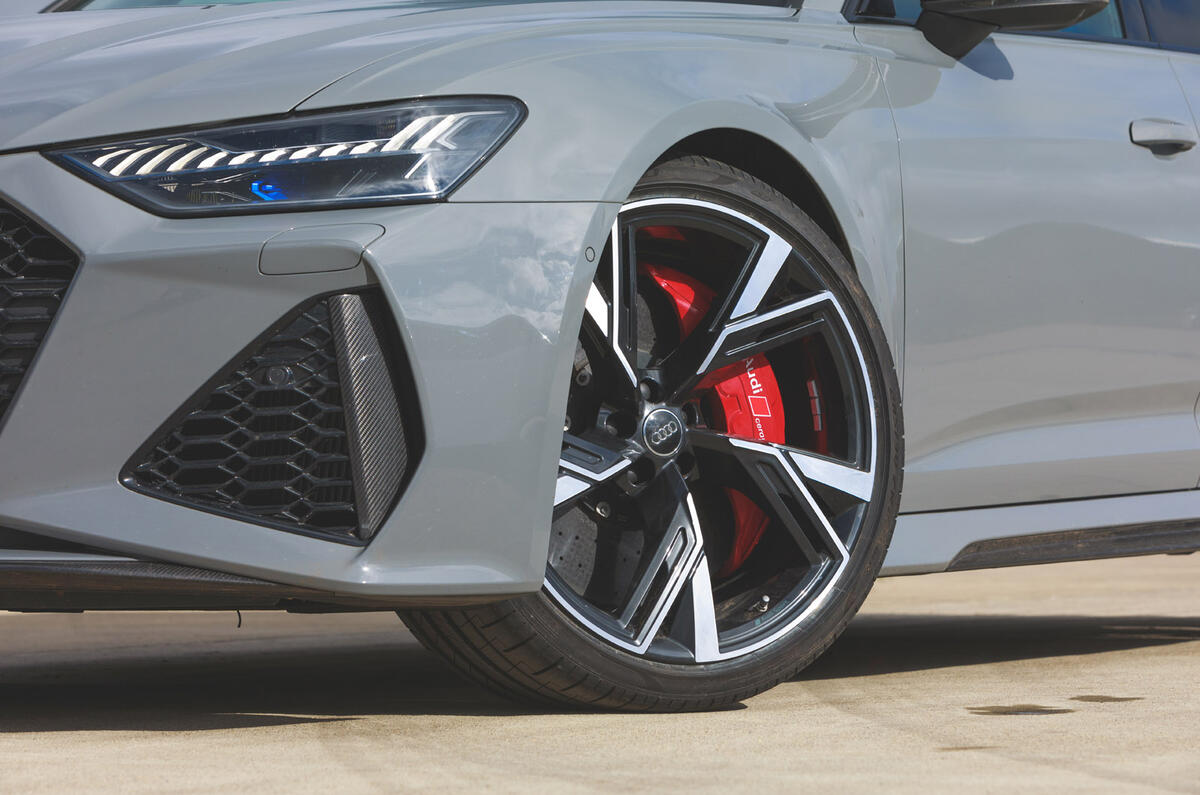

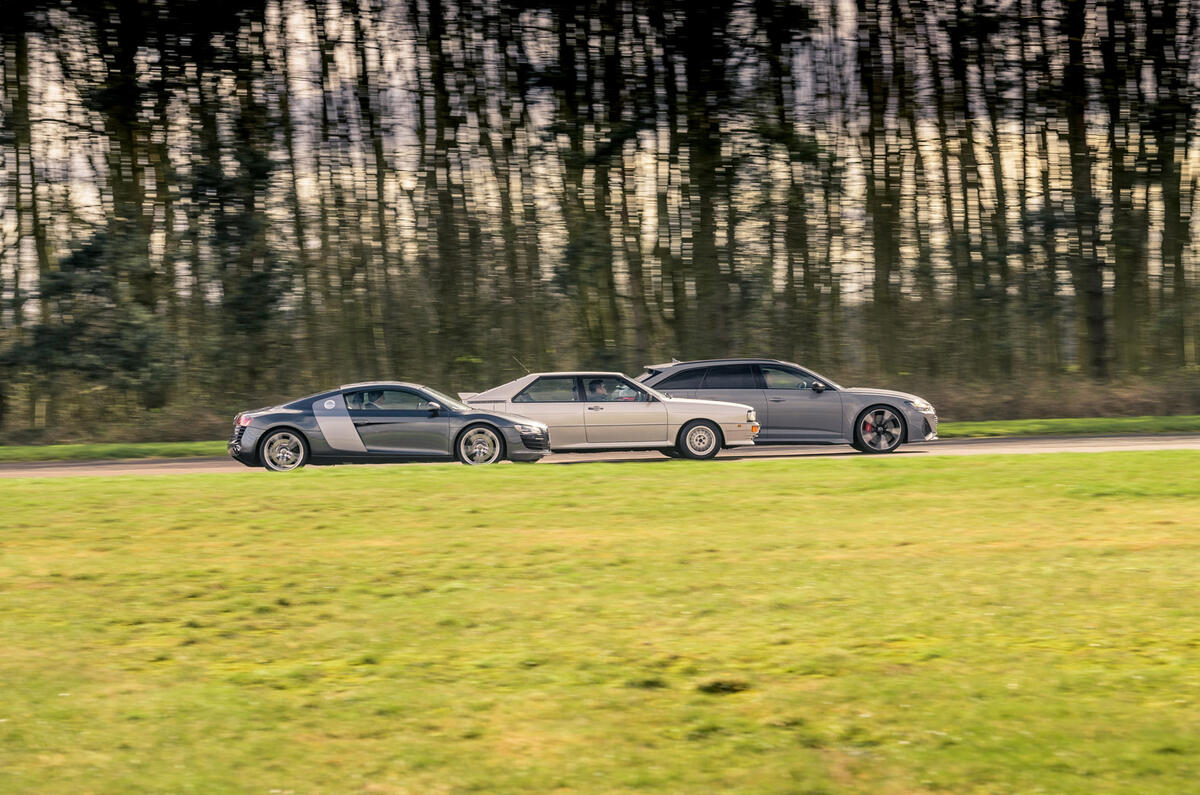
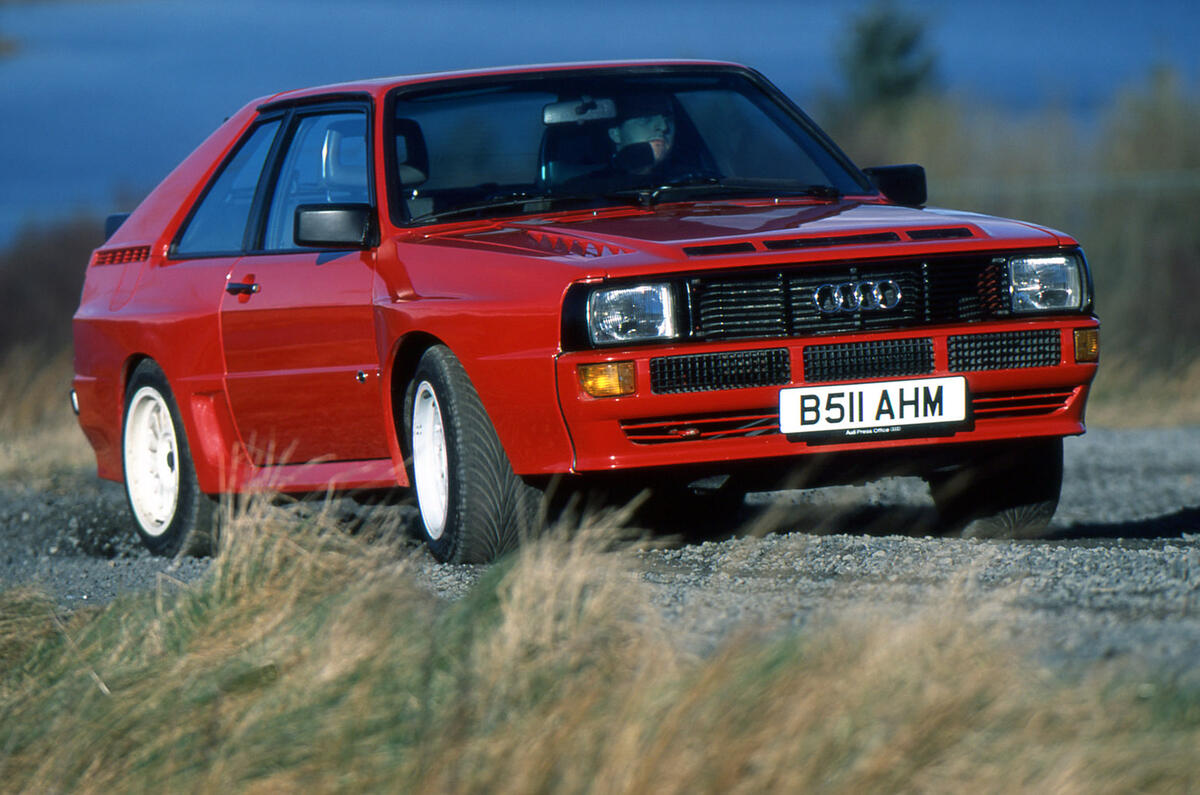
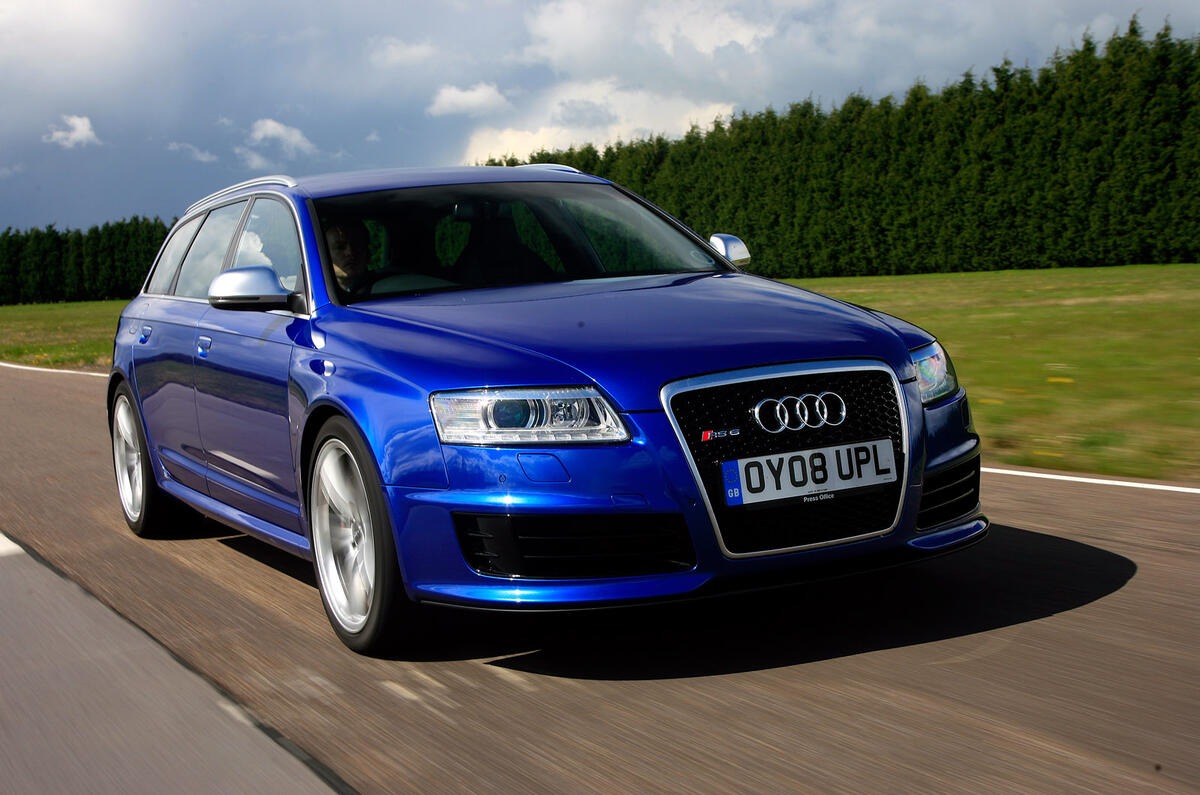
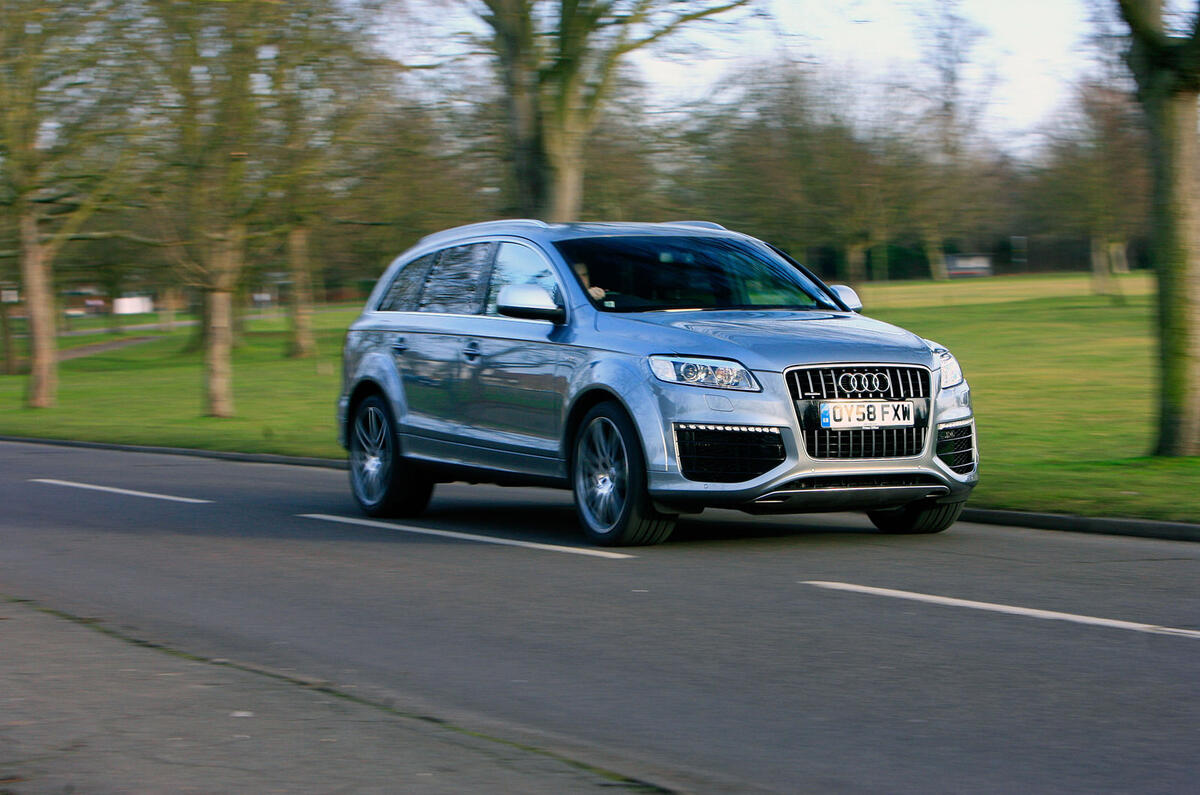
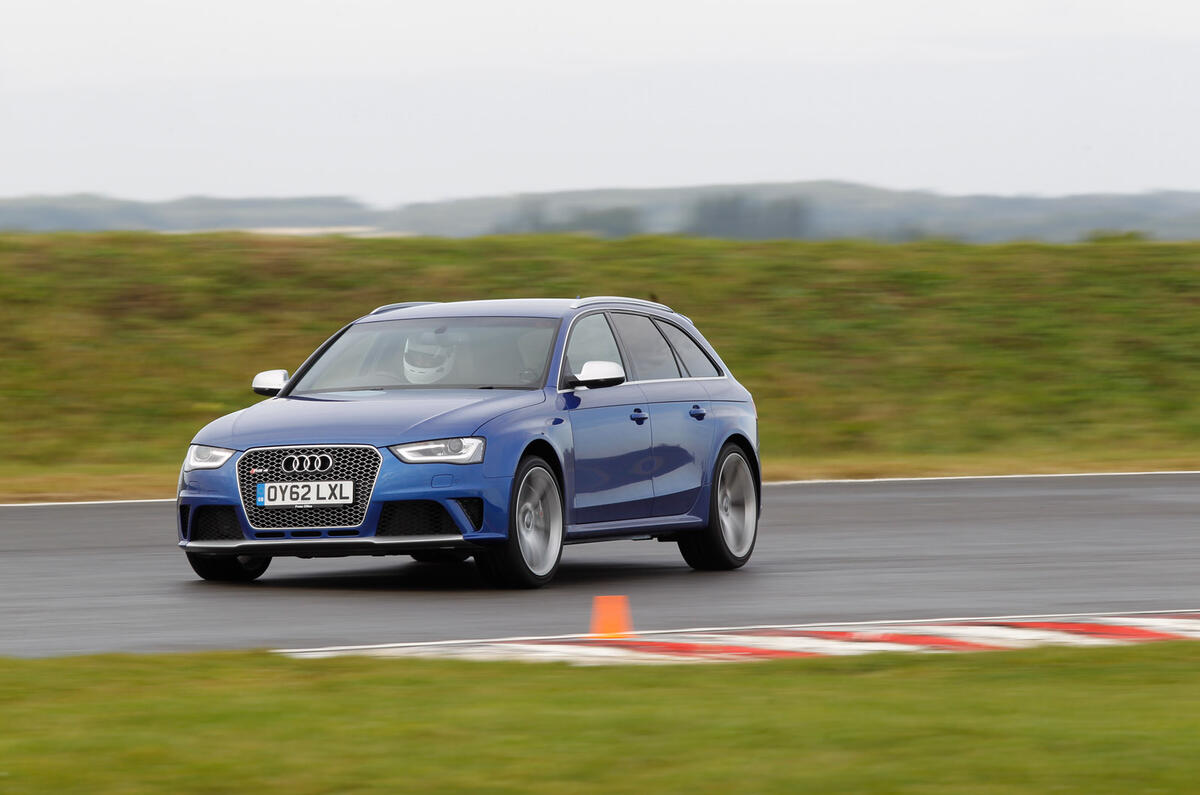
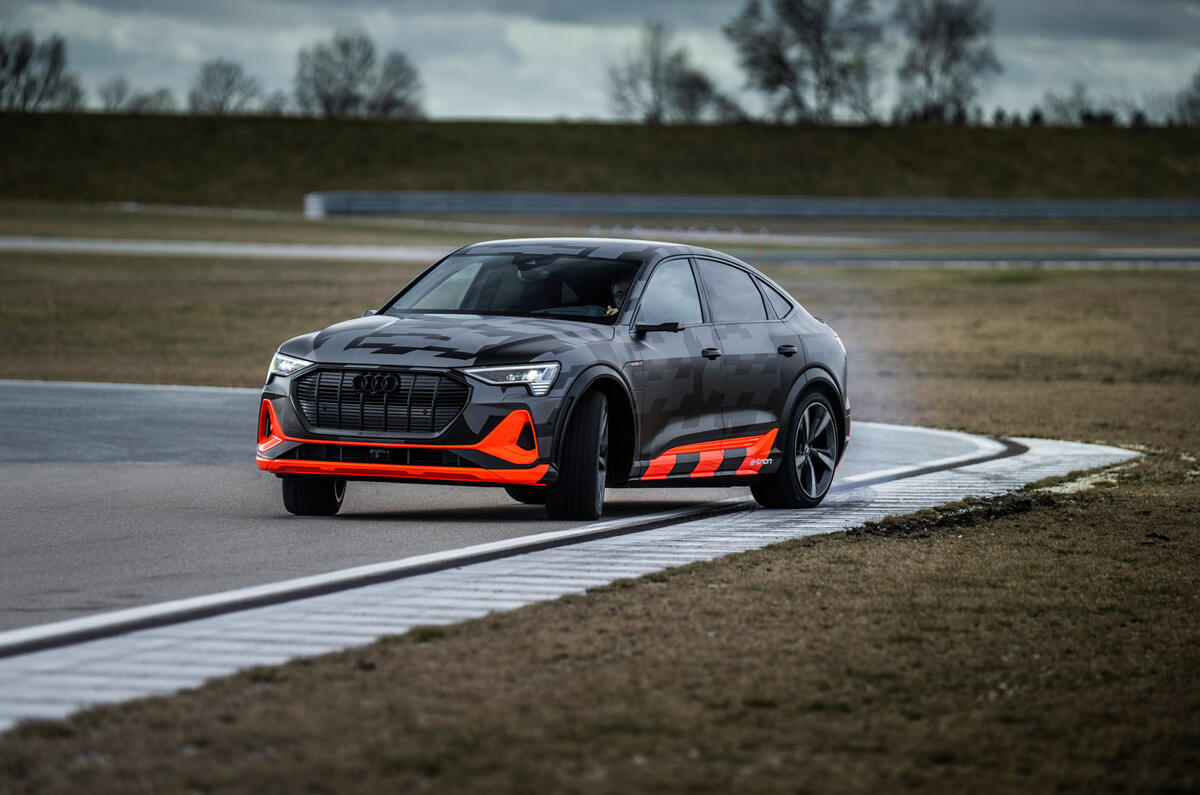

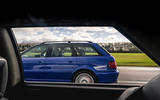
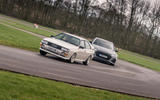

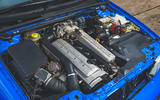
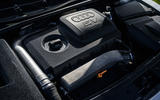

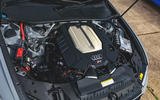
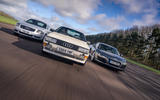
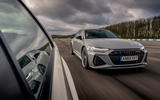
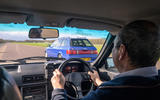
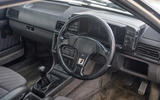
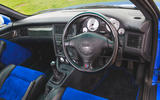
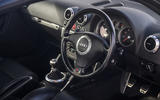
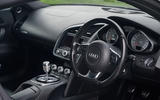
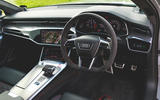
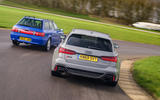
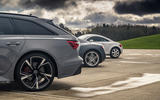
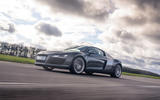
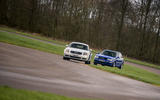
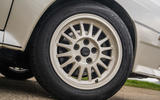
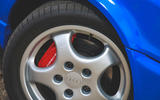
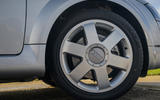

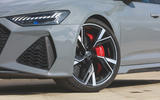

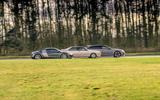
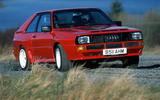
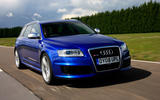
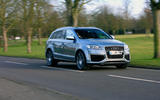
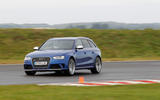
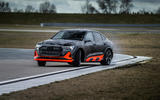

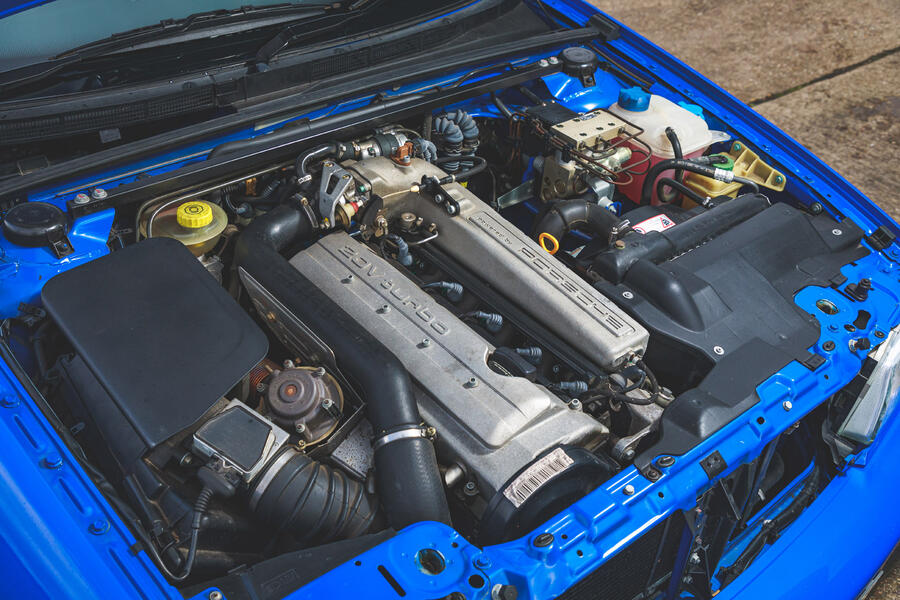
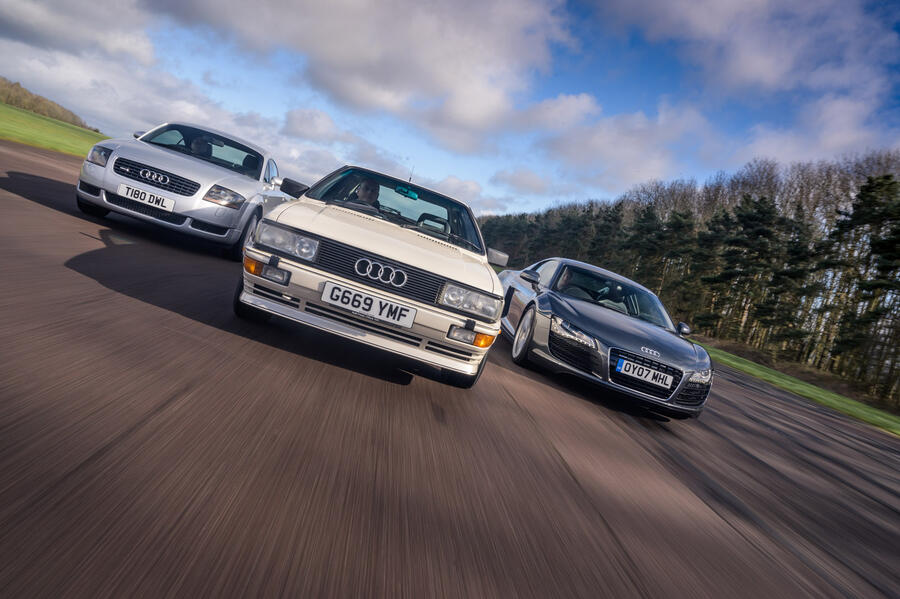
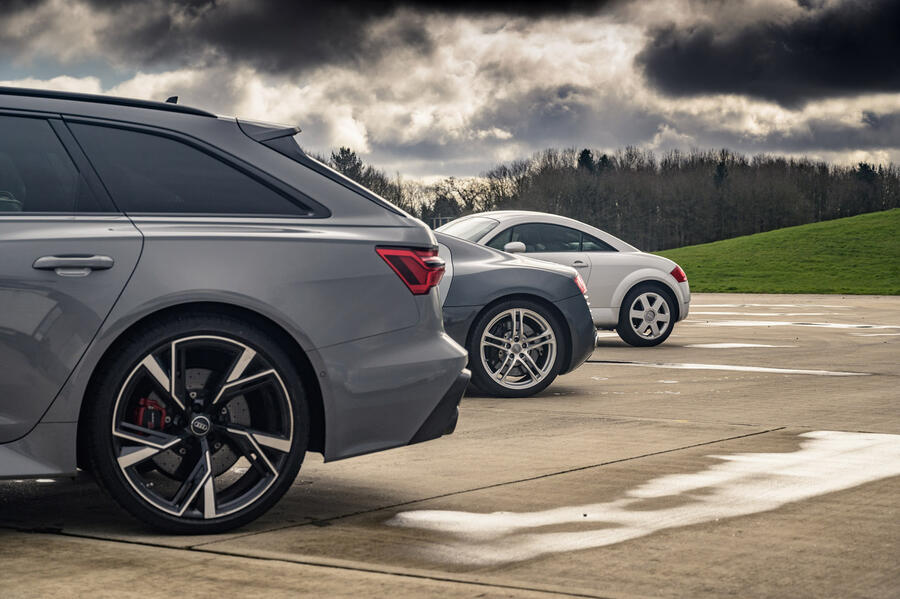
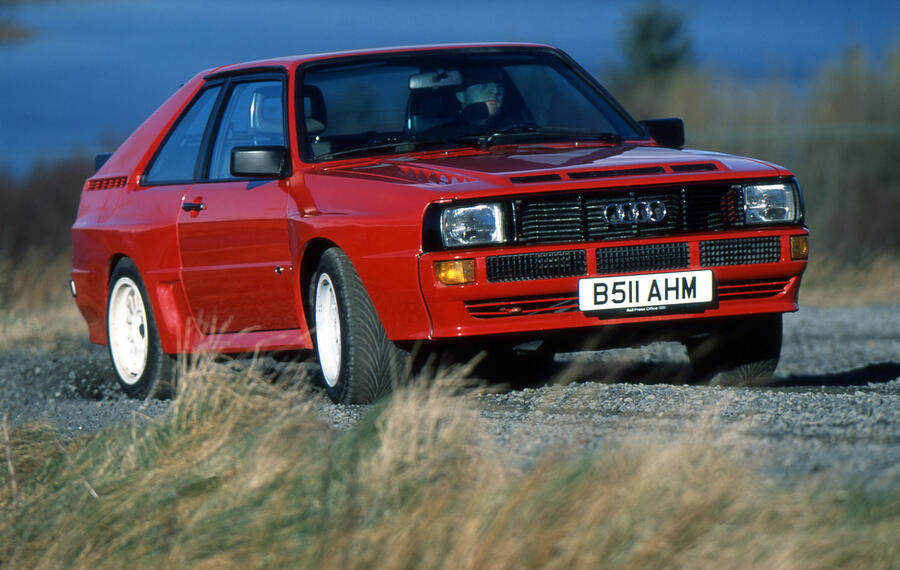
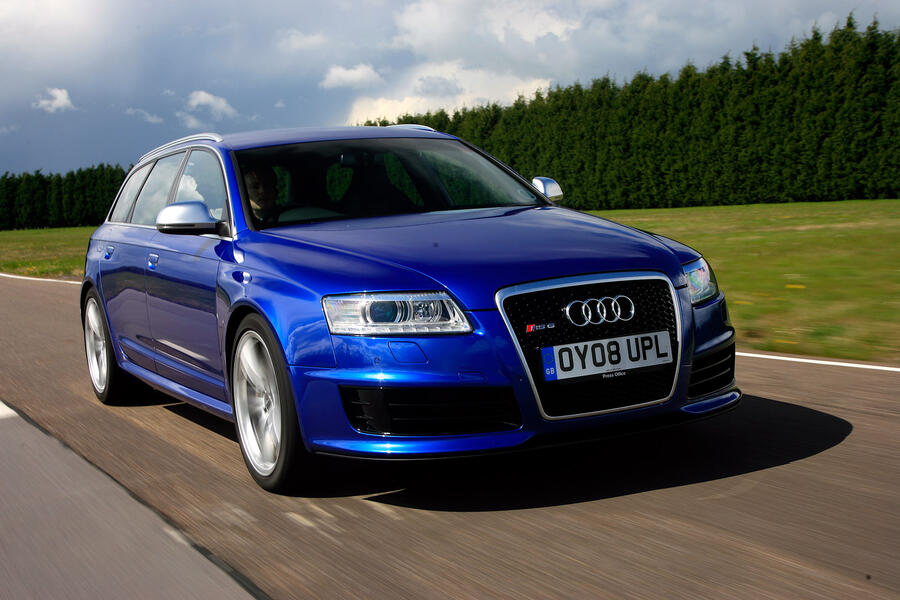
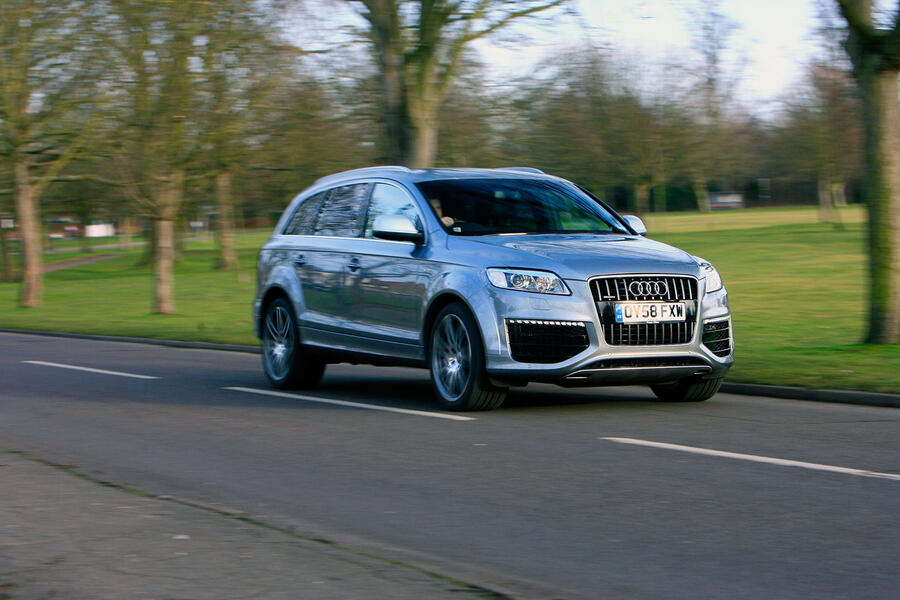
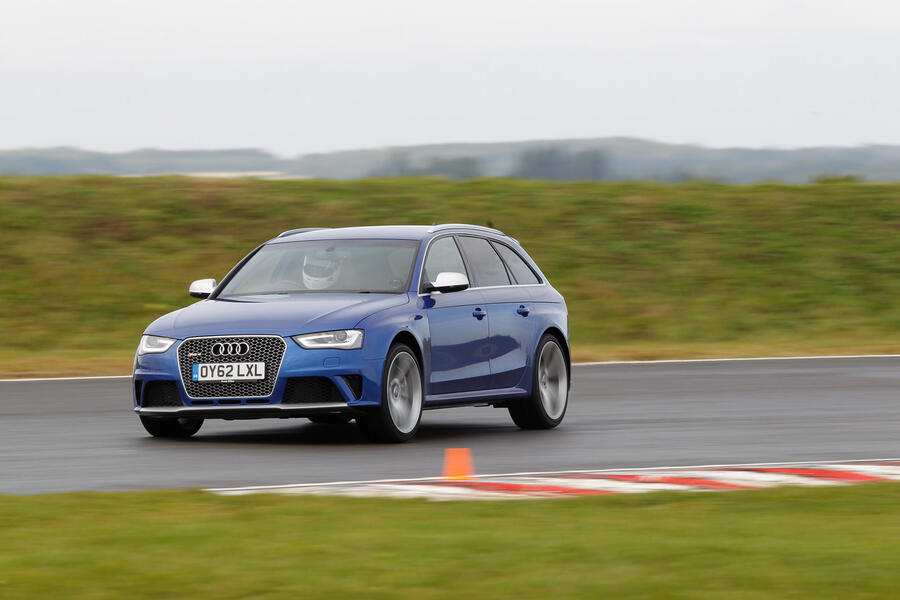
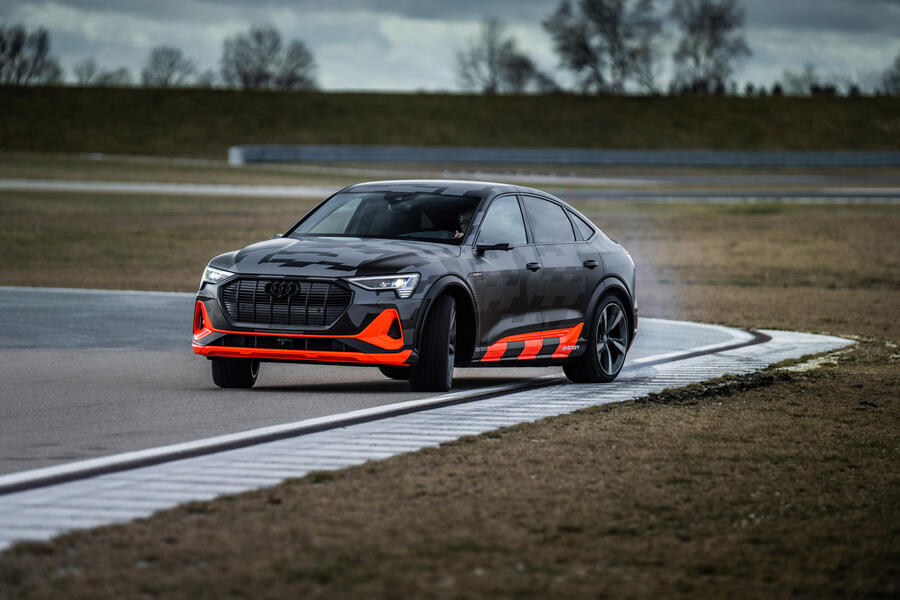


Join the debate
Add your comment
Quattro or quattro
Am I the only one who thinks that the quattro badge should only be used on Audis with permanent four wheel drive? The TT uses a Haldex system with native front wheel drive until the front wheels start to slip just like Mr Douglas' S3 above. I had a not too dis-similar experience in a Ford Explorer which is the other way around. 60mph on a wet curving motorway sliproad, rear stepped out and I was drifting a two tonne behemoth before drive was sent to the front and dragged me straight. Clean underpants needed afterwards.
Barleymo wrote:
Yes spot on. Would have been nice for Andrew to have included a first generation A8 or something instead.
4WD History
I couldn't hold my head up in any petrolhead conversation without mentioniong that it wasn't Aiudi that pioneered 4WD for road cars but of course Jensen in 1966. It took Audi another ten years to come up with an inferior systen (no unequal torque-split) and even longer to fit Anti-lock brakes which the Jensen FF had from the outset.
Audi has traded on it's saftey-related engineering ever since, but it's as well to remember what a small West Brom company achieved so many years before, with only a fraction of VAG's recources.
kid-jensen wrote:
True, but remember that the FF refers to the fact that the drivetrain wasn't all Jensen's work.
Dangers of the Audi quattro system
An interesting article, but you may not be aware that the Audi quattro system can also be quite dangerous. I bought my S3 brand new in 2016, and one day during the winter of 2017/18, was driving towards Coventry on the M6. It was a rainy day, so the traffic on all three lanes of the motorway was travelling at about the same speed, no more than 50 mph. Between the junction with the M1 and the junction at Rugby, a heavy snow shower started, and the traffic slowed even more. Everyone was being very careful. However, my S3 became virtually undrivable. The rear wheels would suddenly skid out, to left or right, then fishtail. This happened several times, despite the motorway being effectively straight and the traffic moving at about 40 mph. The skids had nothing to do with braking. I pulled off the motorway at the Rugby junction and stopped until my fear had subsided and the snow shower had ended.
My guess is that what was happening was something along the lines of that the front tyres were losing traction on the snow, and the quattro system was transferring power to the rear wheels which could not cope with the conditions either. However none of the other cars or lorries in the vicinity were having any problem with the conditions at all.
I mentioned this incident to my Audi dealer who said there was nothing they could do about it: the quattro system cannot be turned on or off manually. Frankly, it would be better if the quattro system were a proper 4wd system and could be switched on at those times when it is needed and off when it could be dangerous. It is genuinely brilliant at low speeds as you can keep going over snow like a Land Rover (well, nearly!), but in a snow shower, going at moderate speed in a straight line, if the quattro system kicks in, you could cause an accident, find yourself in a ditch, or worse.
I have kept the S3 because it is a good car in many other respects, but I do caution others to be aware of this problem with it.
Phillip, your S3 doesn't have
Phillip, your S3 doesn't have the Audi Quattro system. It has a transverse FWD platform with a Haldex clutch transferring power to the rear wheels when deemed necessary.
I know that Quattro is a brand rather than a technology these days, but I don't believe the TT should have featured in this article, for the same reason. Lots of cars have 4WD these days. But Quattro was a specific solution, and the lineage runs through to the RS6 today (but definitely not anything spun off VW's MQB platform).